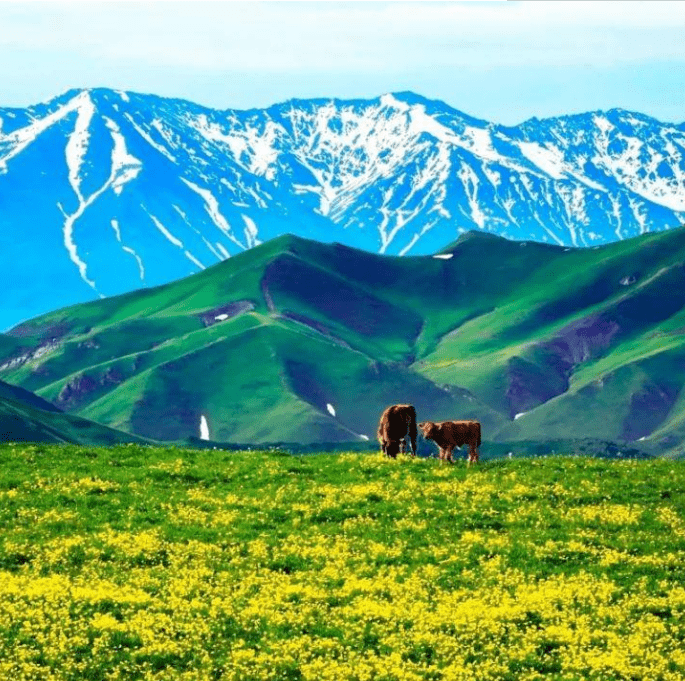
- Xinjiang -
China's largest province, Xinjiang is the homeland of the Muslim Uyghurs and a fast-changing region where ancient and modern grind up against each other in surprising ways. High-speed railways cross the Martian landscapes linking cities in hours rather than days, and the regional capital Urumuqi is a forest of high-rise apartments and glass skyscrapers; while in parts of the Silk Road oases of Kashgar, Hotan and Turpan, life goes as it has for centuries, based around the mosque, the tea house and the bazaar.
Xinjiang is increasingly attracting visitors for its extraordinary natural beauty and fascinating Central Asian history and culture.
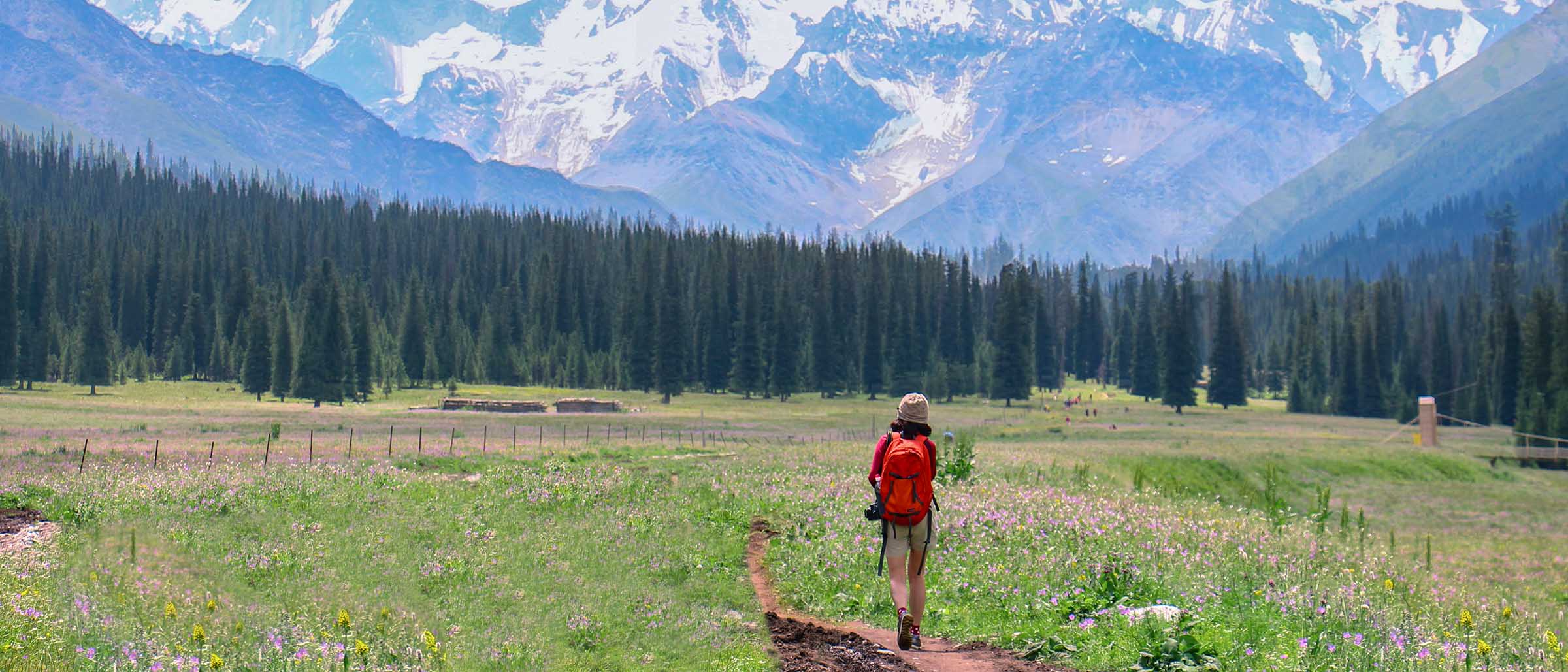
Basic Information
Chinese Name: 新疆( Xin Jiang )
Administration Type: Autonomous Region
Provincial Capital: Urumqi
Location: North western of China, bordered by eight countries including the former Soviet Central Asian republics, Mongolia, Afghanistan, Pakistan and India.
Area: Xinjiang spans over 1.6 million km2 (640,000 square miles)
Population: The 2010 census shows Xinjiang as having 21.82 million people.
Major Ethnic Group: Uyghur, Han, Kazakhs, Tibetans, Hui, Tajiks.
Famous Cities: Urumuqi, Turpan, Kashgar, Altay.
Xinjiang Geography
Xinjiang is the largest political subdivision of China—it accounts for more than one sixth of China's total territory and a quarter of its boundary length. Xinjiang is mostly covered with uninhabitable deserts and dry grasslands, with dotted oases at the foot of Tian Shan, Kunlun Mountains and Altai Mountains. The inhabitable oasis accounts for 9.7% of Xinjiang's total area by 2015.
Xinjiang is young geologically. Collision of the Indian and the Eurasian plates formed the Tian Shan, Kunlun Shan, and Pamir mountain ranges. Xinjiang is a very active earthquake zone. Older geological formations are located in the far north, where the Junggar Block is geologically part of Kazakhstan, and in the east, where is part of the North China Craton.
Xinjiang Climate
A semiarid or desert climate prevails in Xinjiang. The entire region has great seasonal differences in temperature with cold winters. The Turpan Depression recorded the hottest temperatures nationwide in summer,with air temperatures easily exceeding 40 °C (104 °F). Winter temperatures regularly fall below −20 °C (−4 °F) in the far north and highest mountain elevations.
Continuous permafrost is typically found in the Tian Shan starting at the elevation of about 3,500–3,700 m above sea level. Discontinuous alpine permafrost usually occurs down to 2,700–3,300 m, but in certain locations, due to the peculiarity of the aspect and the microclimate, it can be found at elevations as low as 2,000 m.
Xinjiang Religion
The major religions in Xinjiang are Islam among the Uyghurs and the Hui Chinese minority, while many of the Han Chinese practice Chinese folk religions, Taoism, Confucianism and Buddhism. According to a demographic analysis of the year 2010, Muslims form 58% of the province's population.Christianity in Xinjiang is the religion of 1% of the population according to the Chinese General Social Survey of 2009.
A majority of the Uyghur Muslims adhere to Sunni Islam of the Hanafi school of jurisprudence or madhab. A minority of Shias, almost exclusively of the Nizari Ismaili (Seveners) rites are located in the higher mountains of Pamir and Tian Shan. In the western mountains (the Pamirs), almost the entire population of Pamiris, (Sarikolis and Wakhis) are Nizari Ismaili Shia. In the north, in the Tian Shan, the Kyrgyz and Kazakhs are Sunni.
Afaq Khoja Mausoleum and Id Kah Mosque in Kashgar are most important Islamic Xinjiang sites. Emin Minaret in Turfan is a key Islamic site. Bezeklik Thousand Buddha Caves is a noticeable Buddhist site.
Xinjiang Cuisine
As the largest autonomous region in China, Xinjiang boasts substantial contingencies of different ethnic groups and is well-known for its Central Asian flair. Its cities are dominated by the Uyghur ethnic minority, as well as several other Muslim groups such as the Hui and Dongxiang people, meaning the food is predominantly halal and there is a marked lack of pork compared to other parts of China. In many ways, the cuisine in Xinjiang differs from the rest of the country and is distinctly non-Chinese. Roasted mutton, thickly fragrant spices, and sugary sweet desserts take centre stage when it comes to its signature dishes.
Since many of the cities within Xinjiang were once oasis towns along the Silk Road, they felt the influence of other ethnic groups most profoundly and have cherry-picked features of their cuisine, incorporating techniques and flavours from the Tibetans, Mongolians, Persians, Turkish, and numerous other nationalities. These have all come together to form a stunning mosaic of Chinese, Central Asian, and Middle Eastern qualities. Liberal use of seasonings like cumin, chilli powder, cinnamon, garlic, and saffron sets Xinjiang cuisine apart from other styles throughout China.
Xinjiang cuisine reflects the cooking styles of many ethnic groups of the Xinjiang region, and refers particularly to Uyghur cuisine. Signature ingredients include roasted mutton, kebabs, roasted fish, and rice.Because of the Muslim population, the food is predominantly halal.
Folk Festivals
Corban Festival (Muslim People)
Corban is an important festival for Muslims. Corban Festival is also called Zaishengjie while the Hui people call it Zhongxiaojie (festival of faith and obedience). It comes 70 days after the Feast of the Fast Breaking, or the tenth day of the second month in the Islamic calendar. The festival bears the meaning that disciples will devote everything to show their obedience and faith to Allah.
Grape Festival (Uygur People)
The Grape Festival is not just an ode to Turpan`s most important agricultural product, but a chance to celebrate the local way of life. Expect plenty of cultural treats in this remote corner of Xinjiang China. This oasis town in Eastern Xinjiang is picturesquely covered in vine trellises, shading the friendly locals from some of the fiercest heat in China. Almost every household has a hand in the grape business and the markets are full of sweet dried raisins. Its a relaxing place where donkey carts still outnumber cars, but it livens up in April each year.
Eid ul-Fitr (Muslim People)
Eid ul-Fitr often abbreviated to Eid, is a three-day Muslim holiday that marks the end of Ramadan, the Islamic holy month of fasting (sawm). The holiday celebrates the conclusion of the thirty days of dawn-to-sunset fasting during the entire month of Ramadan. The first day of Eid, therefore, falls on the first day of the month Shawwal.
Nowruz Festival
Nowruz Festival is celebrated as the traditional New Year for Uyghurs, Kazaks, Kirgiz, and Uzbeks in China’s Xinjiang region. It is celebrated around March 21st, which is the first day of spring, and the beginning of the year on the Iranian calendar. This festival is celebrated in many countries like Iran, Afghanistan, Kurdish regions of Iraq, Turkey and central Asian countries. It marks the beginning of the planting season. There are several traditional activities that the people take part in. In one activity, the head of the family waves burning pine and fir branches over the heads of the family. There is a traditional Nowruz porridge, “Harach” that is made from many ingredients that is served at lunch. There are many different traditional performances and celebrations that include singing, dancing, wrestling, and acrobatics.
Urumqi
Urumqi, means beautiful pasture in Mongol, is the capital city as well as the transport hub and economy center of the Xinjiang Uygur Autonomous Region.
Sprawling and modern Urumqi is not what you expect when you get this far into Xinjiang. This concrete jungle has a very little history, but it is a necessary stop for its world-class museum, delicious spicy food, and decent accommodation. Urumqi is also the transport hub for Xinjiang with great connections across the province.
Urumqi used to play a very important linking role on the ancient Silk Road, and has created its own brilliant Western Region Culture of many different groups to minority and custom. On this furthest province from the oceans in China, there are the Centre of Asia Marker, Glittering and mysterious glacier, majestic mountains, pure picturesque Tianchi Lake, colorful bay...From Urumqi, you can travel to any other destinations in Xinjiang by convenient plane, bus or train, such as Turpan, Kashgar, Kanas Lake, etc.
Urumqi is also a diverse cultural city. Here you can find beautiful buildings of modern and ethnic, exquisite arts, frisky dancing party, etc. Wherever there is a party or ceremony, people dance and laugh accompanied by fair-sounding musics.
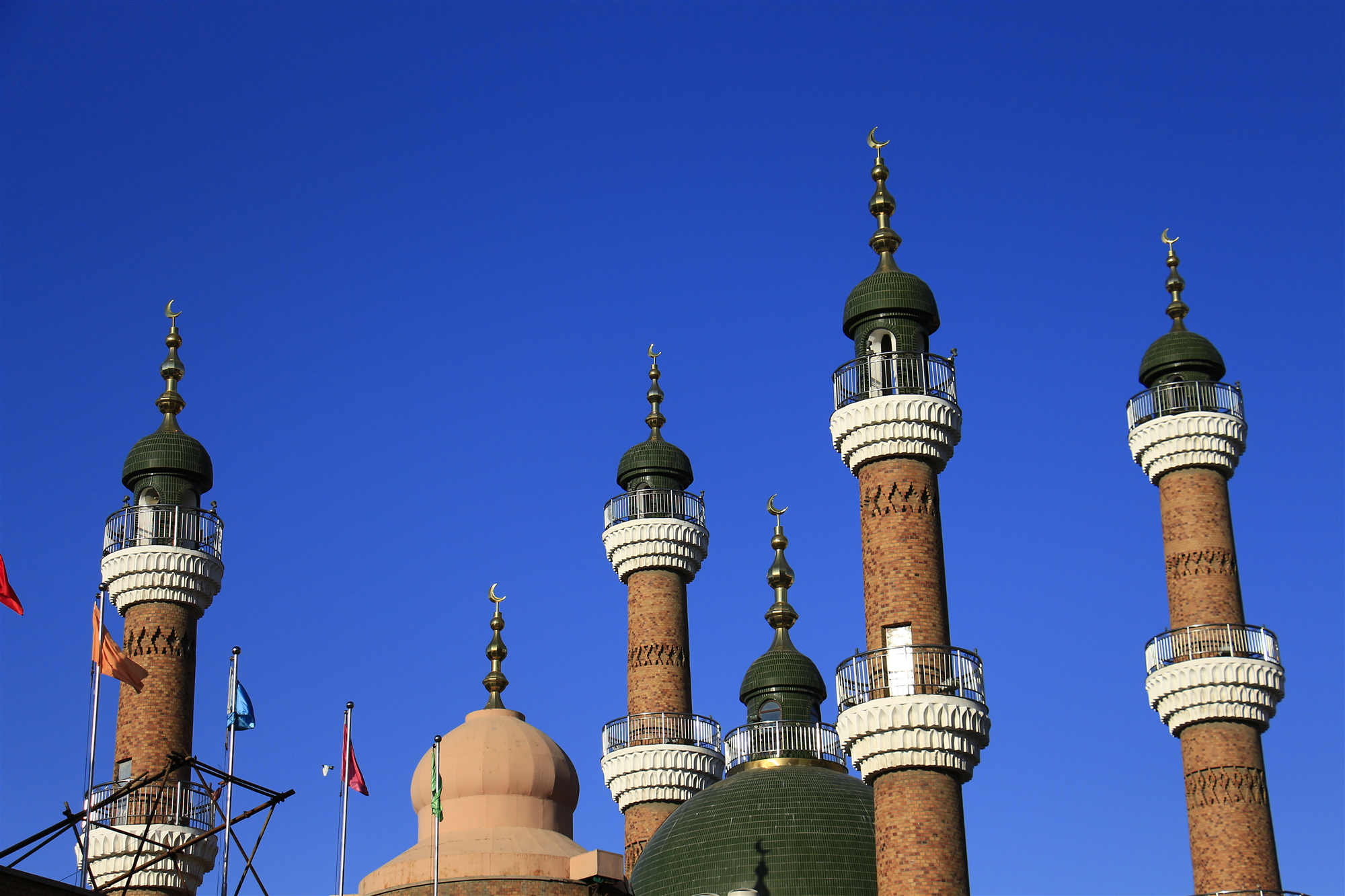
Top things to do in Urumqi
If you’re looking to visit a city with cultural diversity, look no further than Urumuqi, the capital of Xinjiang Uygur Autonomous Region in north-west China. Although most of the inhabitants in the city are Han Chinese, there is a greater influence of ethnic minorities that live in the city, which really emphasizes the Central Asian atmosphere. Enjoy these must-see attractions both in and around the city of Urumuqi.
International Grand Bazzar
The Grand Bazaar makes for an interesting excursion for those wishing to do a bit of shopping while wandering through aisles selling everything from jade jewelry and scarves to dried fruit and herbal medicine. It is fun to have a look around, and the surrounding architecture provides some interesting scenery, but what these stalls offer does not really differ from the regular street markets you’ll come across on your way here.
Red Hill Park
There may not be a huge amount to see within the city center (omitting the usual, such as parks), but this is one of the best spots to visit if you want to enjoy the city’s skyline. The park is well-maintained, provides entertainment such as ethnic performances, and features a pagodas and temples that are atypical of Chinese culture. It’s great if you want a quick morning walk.
Xinjiang Regional Museum
Xinjiang Regional Museum is a large building of Uyghur architectural style, containing a diverse range of historical artifacts that were unearthed in the region. These items represent the ethnic lifestyle and culture of the area: glazed pottery, ancient scripture, silk, clothing, tools, and more. Most interestingly of all, the museum contains a fascinating exhibition of ancient Indo-European mummies that were excellently preserved through their natural environment (making them different from the infamous Egyptian mummies that were embalmed) over 3,800 years ago.
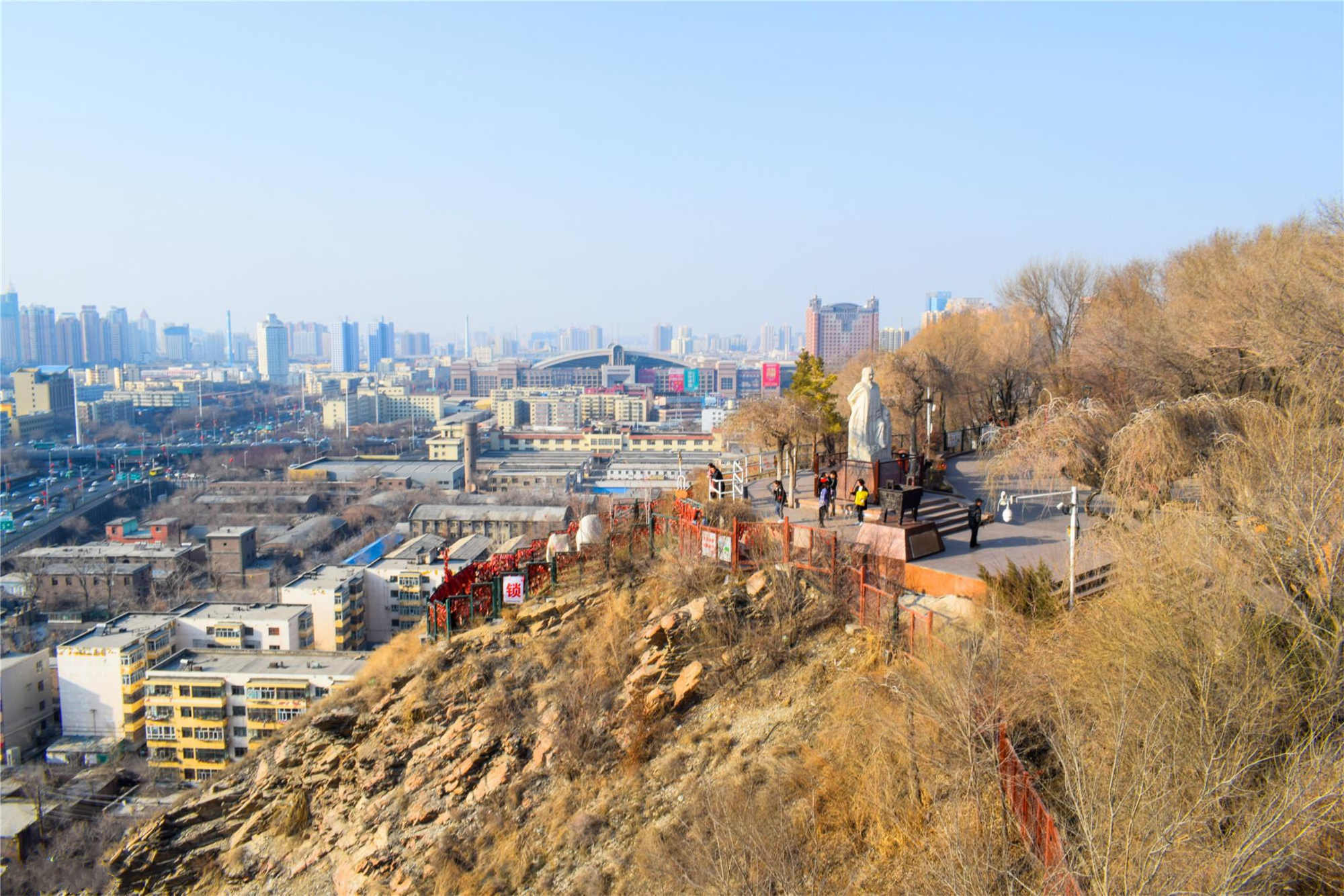
Urumqi Food&Drinks
Urumqi's culinary culture is rich and unique, a nice break from your typical Chinese fare. Of course, you can still find lots of typical Chinese food including Sichuan and Cantonese cuisine, but the local ethnic food and snacks are very tasty and very hot! Uygur, Mongolian, and Hui minority cuisine will all make your mouth water!
As both the Uygur and Hui minorities are Muslim, pork is rare in Xinjiang. Only Han Chinese eat pork here. It is therefore, important to remember to respect this tradition and remember that most meat served to you will either be mutton, beef, chicken or possibly duck. Xinjiang cuisine really excels at the preparation of mutton and Mutton Kebabs are popular throughout China. Other typical Xinjiang dishes include Lamian noodles, Nan bread, and Uygur rice.

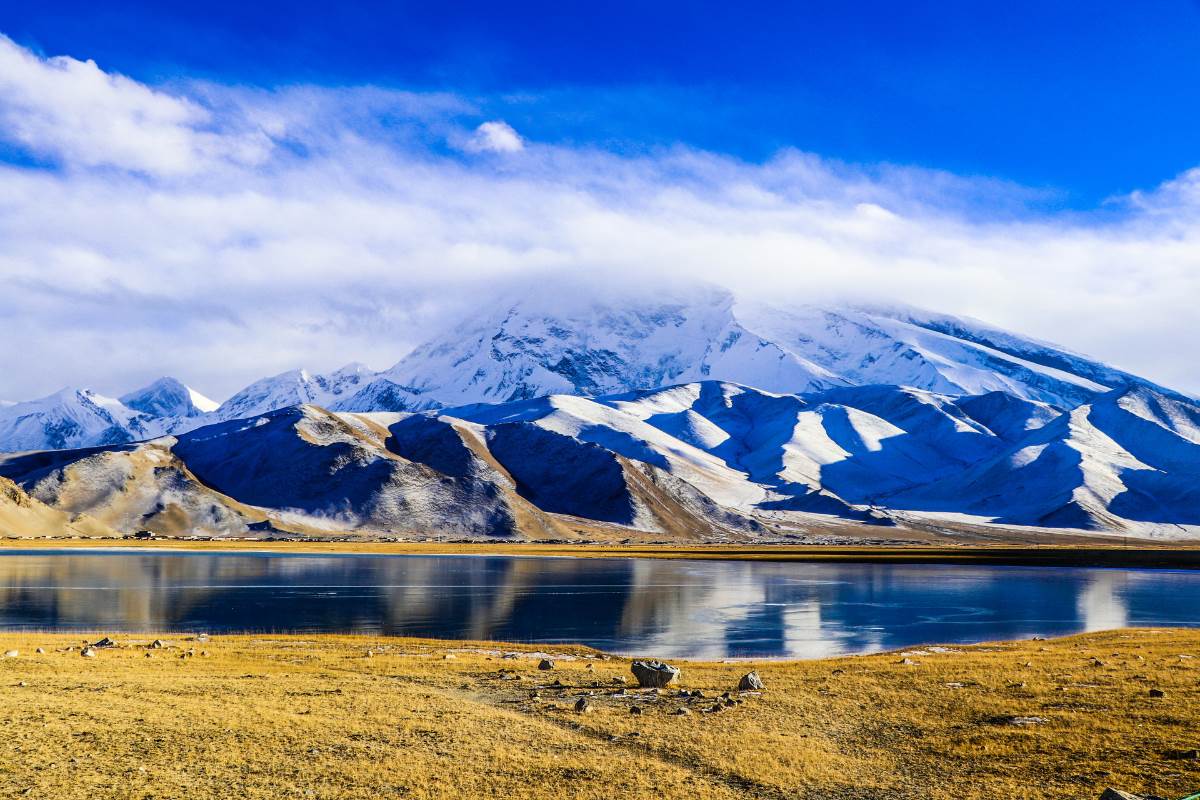
- $2280.00
- 12D11N DAYS
01. A historical relicss of the ancient silk road tour in south Xinjiang, Experience a bazaar that has existed for centuries on the Silk Road, enjoy kebabs in the night market while Uyghur music and dance videos blare from the vendors, explo…
Read More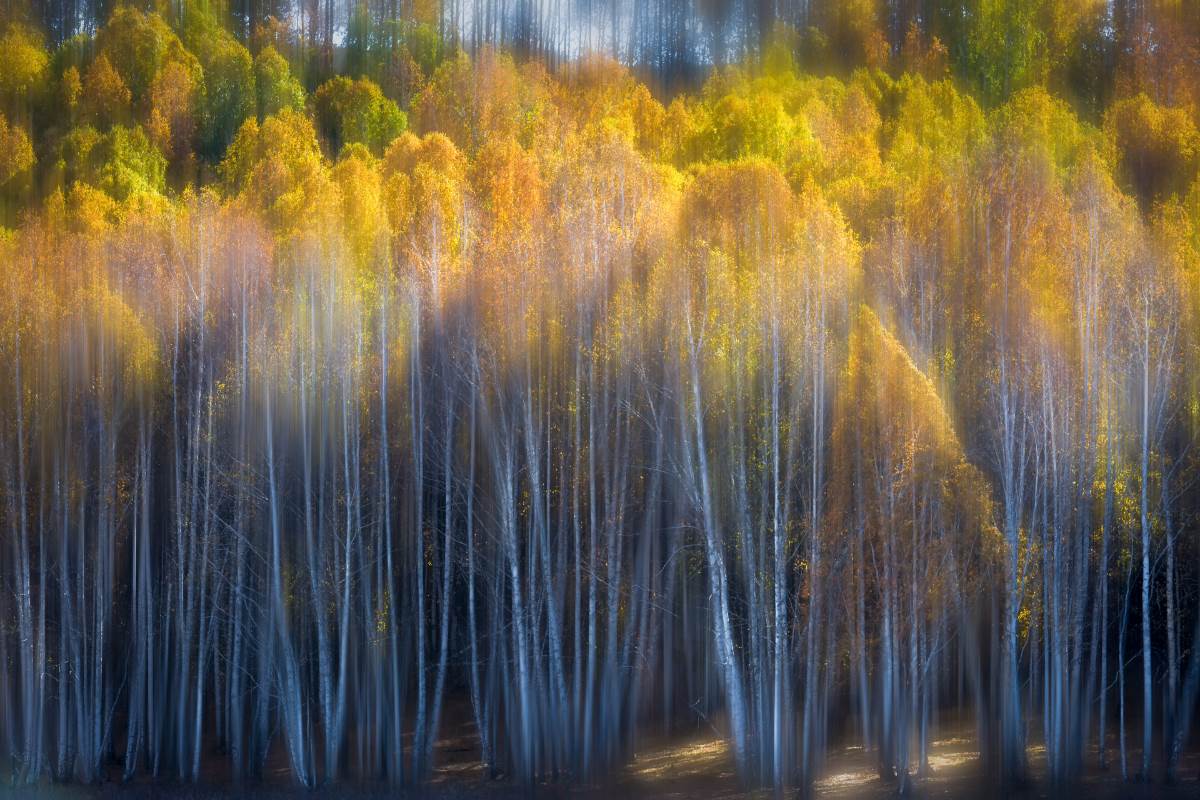
- $1380.00
- 10D9N DAYS
01. Enjoy the beautiful and mysterious Kanas Lake, a heavenly oasis in Xinjiang desert,famous as the “Oriental Switzerland” and the paradise of photographers; The "treasure Light" integrates with the beautiful Kanas Lake view, th…
Read More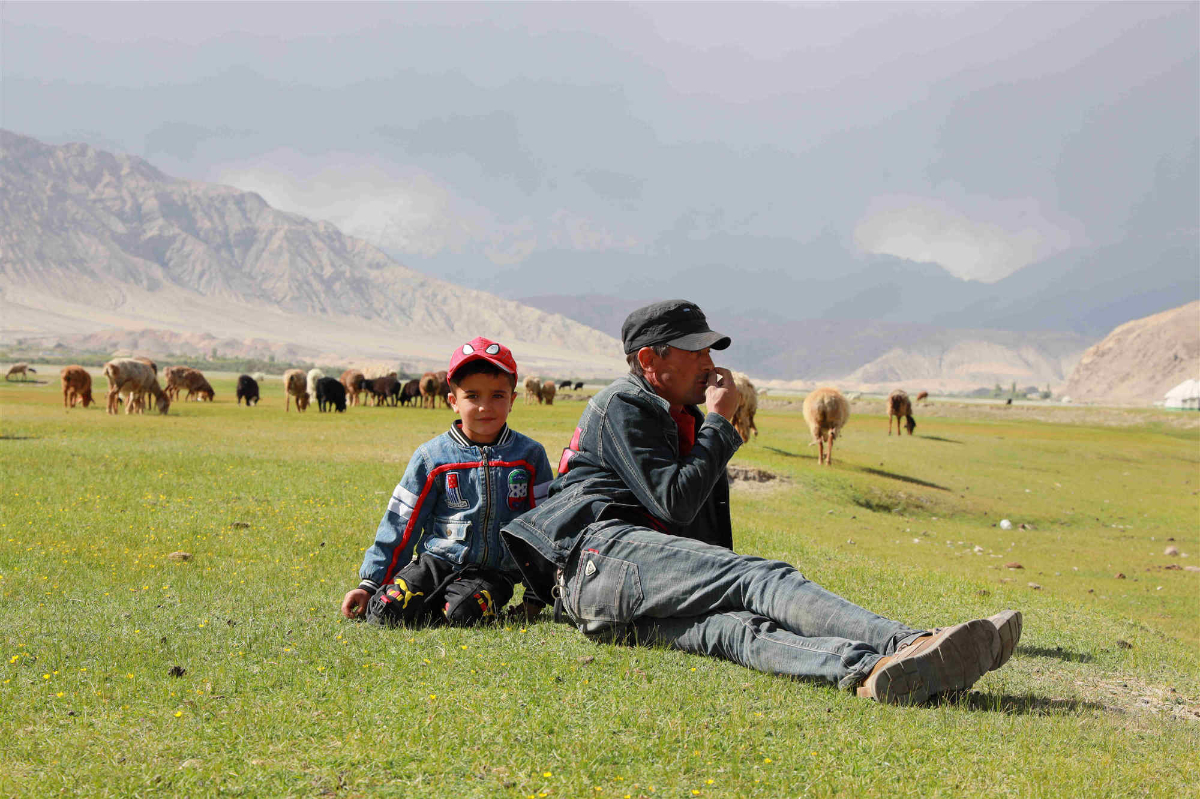
- $USD868.00
- 7D6N DAYS
01. A historical relicss of the ancient silk road tour in south Xinjiang, Exploring the hub connecting China to Central Asian countries, stroll around the Old Town, to explore the special culture of local people in Kashgar. Experience a baza…
Read More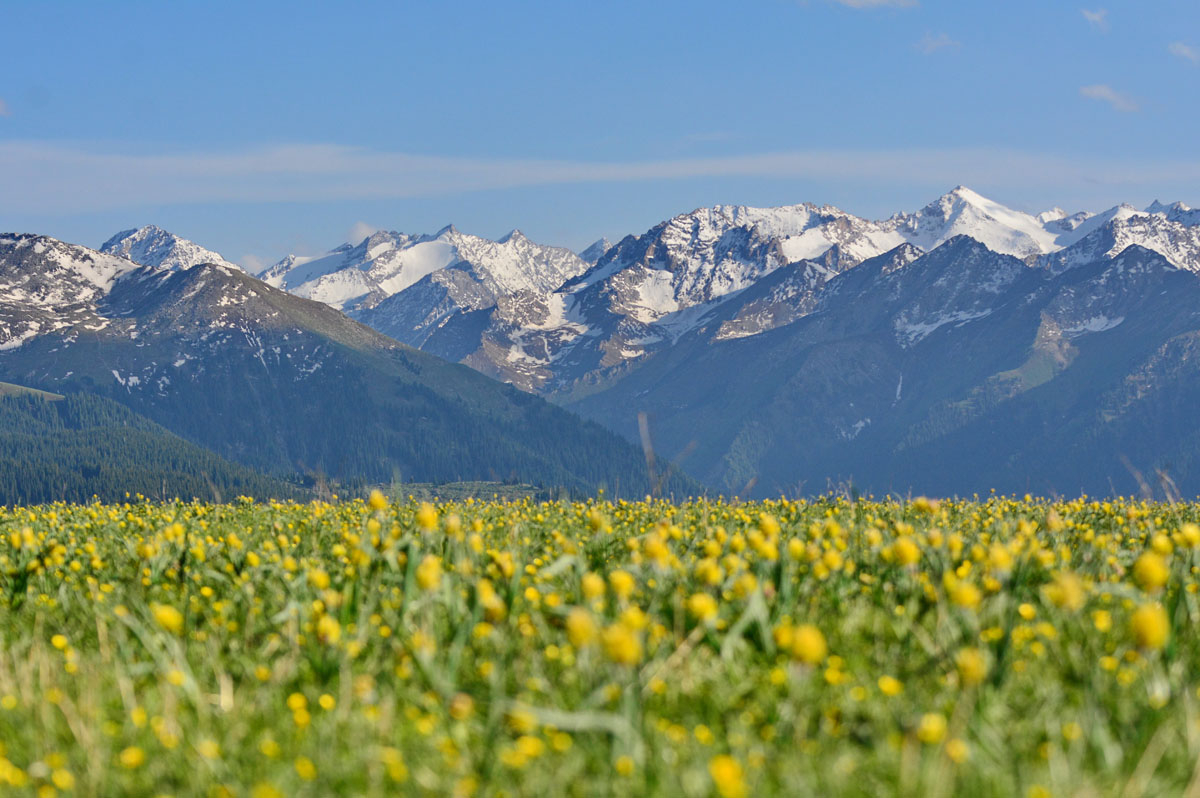
- $1658.00
- 12D11N DAYS
01. A tour travel deep into remote Xinjiang grasslands in the best time, including Sayram lake, Xiata Grand Canyon, Kalajun Pasture, Nalati Grassland, Bayanbuluk, winding river, large flat valley, towering and steep mountain peaks, dense fo…
Read More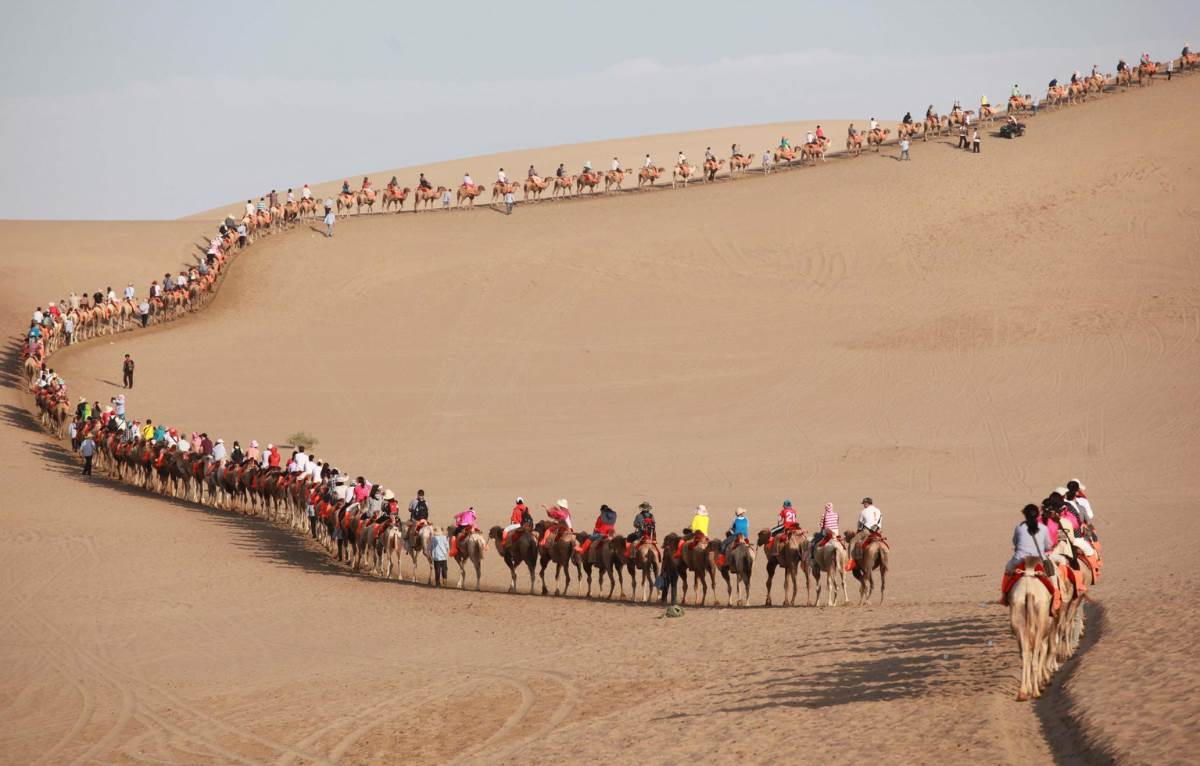
- $1228.00
- 9D8N DAYS
01. Experience the history, culture relics, ethnic minorities, landscape, and local interaction along the great Silk Road, touch the heartbeat under the ground of the Silk Road.02. Immerse yourself in the mystery of the world famous undergro…
Read More